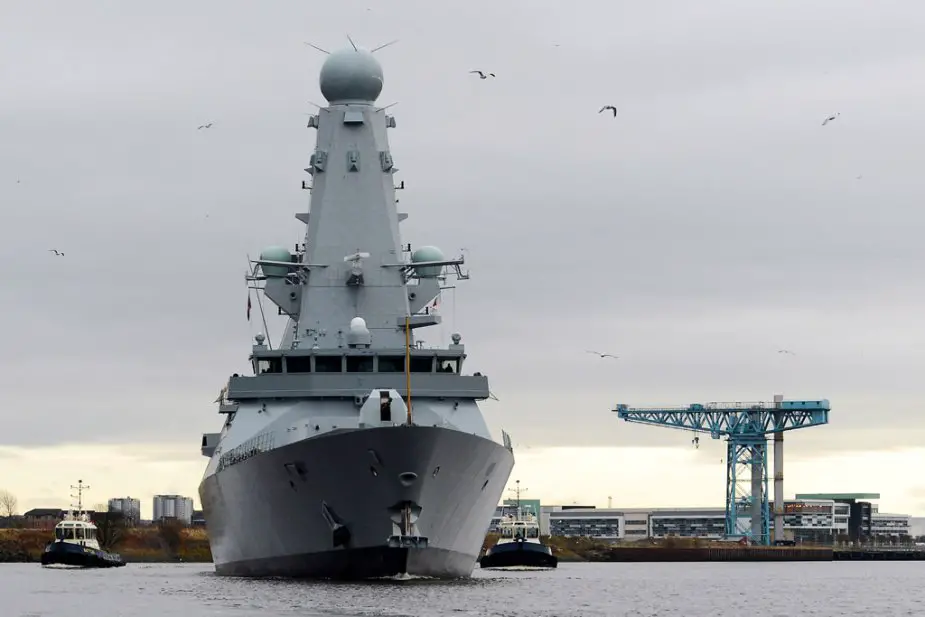The UK Royal Navy Type 45 destroyer HMS Duncan (D37) returned home to Portsmouth on Saturday afternoon after completing a nearly seven-month deployment.
 HMS Duncan (Picture source: U.S. Navy)
HMS Duncan (Picture source: U.S. Navy)
The final month of Duncan’s tour of duty was spent safeguarding British shipping in the Strait of Hormuz. During the deployment, the destroyer passed through the narrow waters 29 times – protecting 1.28 million tonnes of British merchant vessels (tankers, liquid natural gas, container and cargo ships) from interference.
“When we arrived in the Gulf it was extremely hot, there was real uncertainty and a genuine threat. In protecting shipping, we did what the Royal Navy has done for hundreds of years,” said Commander Tom Trent, Duncan’s Commanding Officer. “It was rewarding because we could measure what we achieved: 29 transits of the Strait, 26 ships accompanied and not one ship was taken on our watch.”
The mission Duncan completed her deployment performing was not planned when she set sail from Portsmouth in March.
The destroyer joined French aircraft carrier Charles De Gaulle as part of the multinational Carrier Strike Group GAN 19 operating off Syria on Operation Inherent Resolve; HMS Duncan provided air defence to the group as part of operations against ISIS forces in the region.
May and June saw HMS Duncan committed to various NATO exercises in delivering humanitarian aid and countering human/arms-trafficking before joining Standing NATO Maritime Group 1 (SNMG1) for Exercise Sea Breeze in the Black Sea where, once again, she was employed in her air-defence role and hosted the President of Ukraine, Volodymyr Zelensky.
Little more than two weeks later, she found herself in the Gulf as part of the UK’s response to rising tensions with Iran and the threat to merchant shipping legally plying its trade. Duncan stepped in while HMS Montrose, which has performed the bulk of the escort duties since July, underwent a short period of maintenance.
Commander Trent said his men and women handled that shift from international diplomacy to conducting a dangerous real-world mission.
Duncan’s sister HMS Defender, plus frigates HMS Montrose and HMS Kent remain in the Gulf accompanying British-flagged vessels through Hormuz.
Type 45 destroyers, also known as the Daring class, are guided-missile destroyers built for the United Kingdom's Royal Navy. The class is primarily designed for anti-aircraft and anti-missile warfare and is built around the PAAMS (Sea Viper) air-defence system utilizing the SAMPSON AESA and the S1850M long-range radars. The first three destroyers were assembled by BAE Systems Surface Fleet Solutions from partially prefabricated "blocks" built at different shipyards, the remaining three were built by BAE Systems Maritime – Naval Ships.



